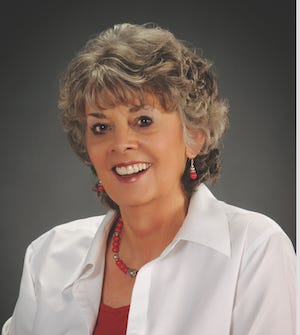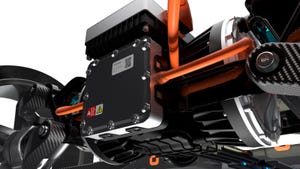Polyurethanes conference tackles auto-related VOC issues
The 2015 Polyurethanes Technical Conference, hosted by the Center for the Polyurethanes Industry (CPI), was held Oct. 5 to 7 in Orlando, FL, and highlighted automotive innovations as well as industry regulatory issues. This year's conference added a two-part Automotive Industry Panel that focused on global OEM requirements and specifications.Three separate sessions focused on the automotive industry, concentrating on the complexity of global volatile organic compound (VOC) specifications.
October 7, 2015
Hamdy Khalil, Senior Global Director for Advanced Technologies and Innovation for Woodbridge Foam Corp. (Woodbridge, ON, Canada), told PlasticsToday that there are five major trends in the automotive industry for polyurethane (PU) applications:
Lightweighting, which, he noted, is a "very critical consideration";
VOCs, an issue that the industry must address as "OEMs do not want any undesirable materials" in the vehicle interior;
comfort in the cabin;
cost, of course;
and, finally, the holy grail of sustainability, "a big thing globally."
Khalil noted that one of the primary issues the polyurethane industry must help resolve is harmonizing specifications for VOC compliance. "Every automotive company has its own sustainability strategy, and we work with them to help them meet their goals," he said, adding that OEMs are looking at recyclable content as well as renewable materials in the product. "The OEMs would like to have all of this but they won't pay for it," he stated. "We understand the pressure the OEMs are under and we know how important the auto industry is to the economy. We need to find a common ground where we can collaborate, where each person in the supply chain can work together with the hope that we find common ground throughout the value chain."
Another major issue is the mitigation of VOCs in the vehicle cabin. "That new car smell is coming from the foam, leather, interior vinyl (PVC) and possibly from other sources such as adhesives and door gaskets. These products are the sources of that new car smell," explained Khalil. "We‘re working very closely with our suppliers of chemicals and additives to minimize the presence of VOCs in their products and identify what kinds of components can be manufactured in a way to reduce these," he explained. "We've made significant advances to mitigate the polyurethane odor and VOCs, but what makes it complicated is the specs we receive from the automotive industry are not standardized across the global OEMs in all countries."
Khalil noted that the Industry Panel for Flexible Molded FoM has "succeeded" in setting some harmonized standards among U.S. automakers, but there is still a long way to go to globalize these tests. "The purpose of our conference sessions is to highlight the complexity of the specifications for VOCs and to seek the simplification and harmonization of these diverse specifications without compromising the comfort, health or safety of automobile occupants," he said.
The automotive track at the Conference on Tuesday, Oct. 6, featured Dr. Mark Polster of the Ford Motor Co., Mark Weierstall of Woodbridge Foam Corp., Dr. Brian Neil of Covestro (formerly Bayer MaterialScience), and Sebastian Gintl representing Euromolder. These experts introduced the conference to the Industry Panel for Flexible Molded Foam, covered the long history of VOC specification and shared views on the current status of VOC testing, including the European perspective on complex VOC specifications.
On Wednesday, Oct. 7, Part 2 of the automotive track featured a roundtable discussion focusing on innovative approaches to address the challenges surrounding VOCs in vehicles. Participating companies included Air Products, Tosoh Corp., Huntsman, Dow Chemical, Evonik, Momentive and Miliken.
"We want to simplify the specs without compromising the health and safety of the consumer, but to do this requires the entire supply chain to work together," said Khalil. I believe that this problem will vex us for the next 10 years if we don't find a reasonable technical solution. There is a glimmer of hope [that] people will recognize the need to modify the specifications and come up with a harmonized solution to the VOCs."
About the Author(s)
You May Also Like




